- Featured
Topics - Resources
by Role- Director of Pupil Personnel
- Director of Special Education
- Facility and Transportation Director
- Family Resource and Youth Service Center Director
- Finance Director
- Food Service Director
- Instructional Supervisor
- Parent
- Principal
- Safe Schools Coordinator
- School Counselor
- School District Board Member
- School Nurse
- School Resource Officer
- Student
- Superintendent
- Teacher
- School Safety
Issues - Emergency
Procedures - Safe School
Assessments - Training
& Compliance - Resources
& Responders - Reports


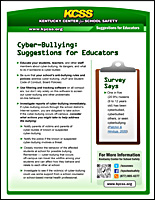
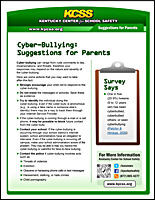
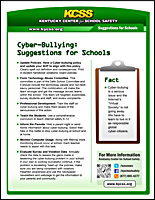
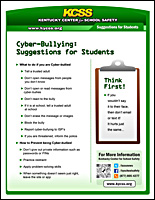
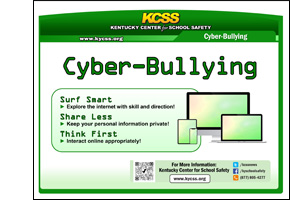

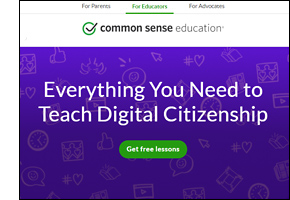
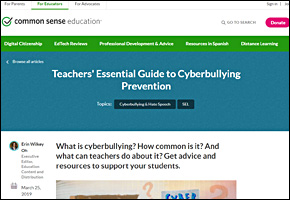
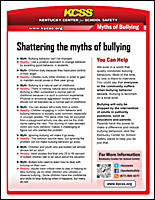
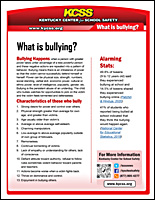
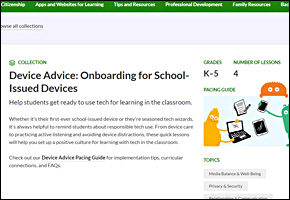
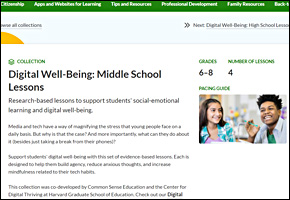

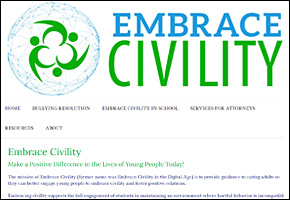
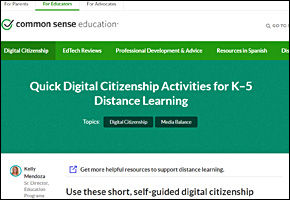
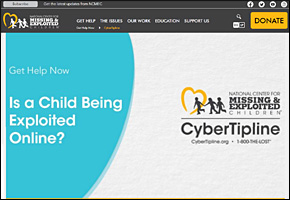
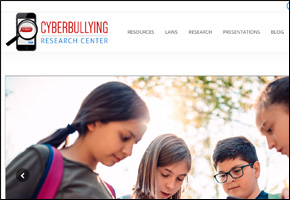
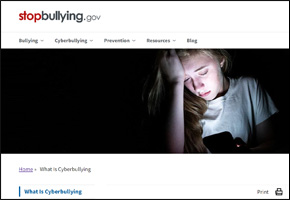
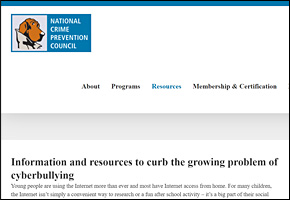
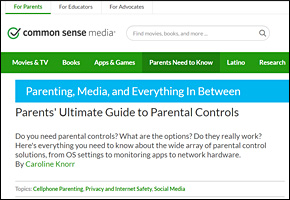

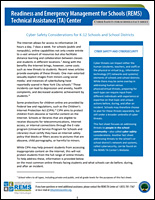
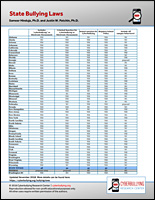
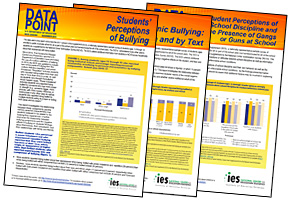 National Center for Education Statistics (November 2019) released three Data Point Reports entitled
National Center for Education Statistics (November 2019) released three Data Point Reports entitled